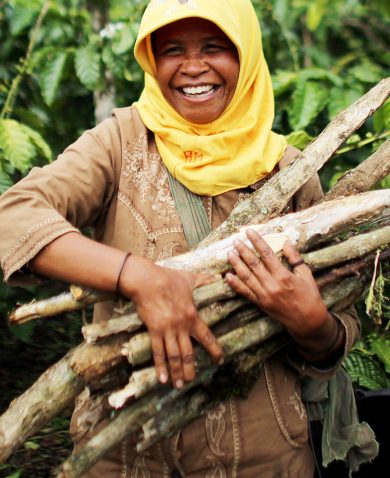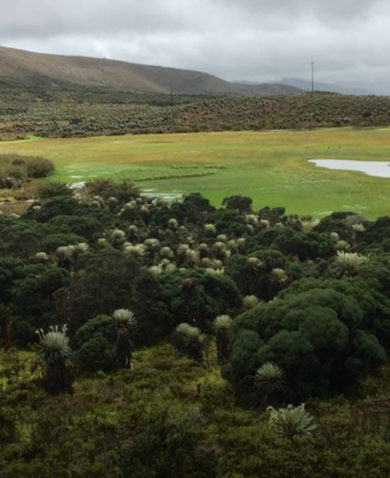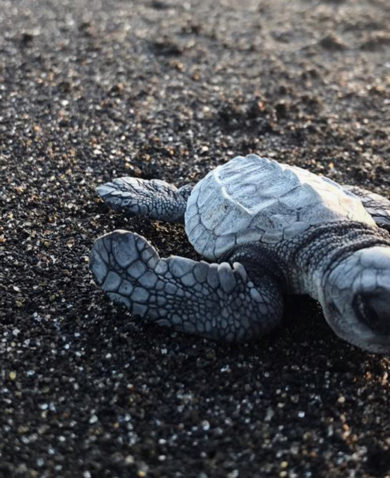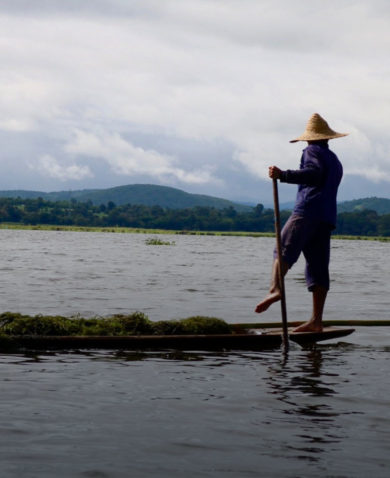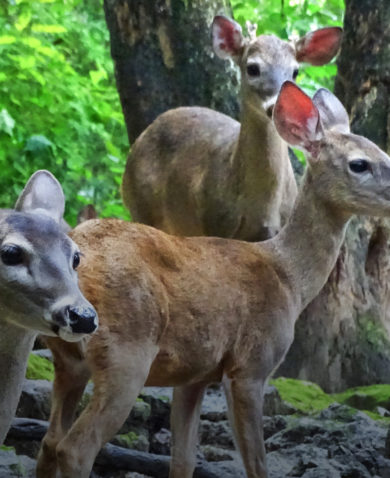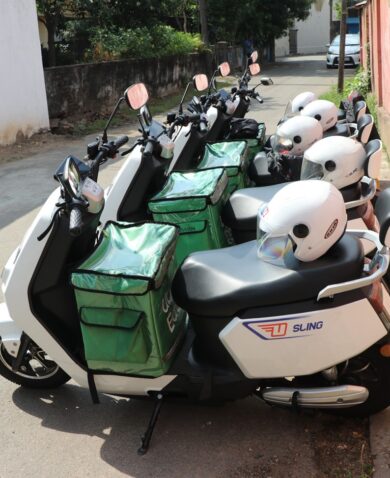
5 Surprising Facts About Indonesia — and Why They Matter for Global Development
June 30, 2016 | 4 Minute ReadIndonesia may not be near the top of the list of countries people think of when they think about development. According to Matthew Regan, there are many reasons why it should be.
There are several countries that often come up when people talk about international development and the global economy, countries that need not be listed because you can probably already name them. Indonesia is not usually among them, but as these five facts show, there is a lot at stake in this large and incredibly diverse country’s development.
Fact 1: Indonesia is a lot bigger than you think.
Source: The World Factbook
It’s difficult to grasp just how large a country is, in part because we have so many competing conceptions of what it means to be large. No matter how we measure, Indonesia is ranked surprisingly high, alongside countries that seem to be mentioned much more frequently in discussions about development and the global economy. In surface area, it ranks 13th (between Mexico and Sudan); in population, fourth (between the United States and Brazil); and in GDP, 16th (between Mexico and the Netherlands). No matter how we measure it, Indonesia is a large country, and its successes and failures have a large impact on global development. Indonesia’s size presents considerable challenges in health, security, and governance. But if these issues can be adequately addressed, a wealth of applicable information and lessons learned can be gleaned for countries large and small.
Fact 2: Indonesia is home to a wide array of ethnic, linguistic, and religious groups.
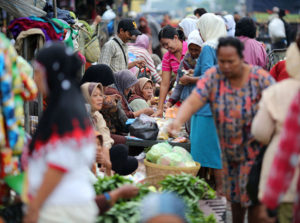
According to the Indonesian census, Indonesia’s more than 17,000 islands are home to approximately 300 ethnic groups and many smaller constituent sub-groups (there are 466 distinct sub-groups in Papua alone). Although Bahasa Indonesia is the official language of government and trade, only 20 percent of Indonesians use it regularly at home — instead, they speak hundreds of local languages (Papua, the most linguistically diverse place in the world, boast two entire language families). Indonesia is often cited as the world’s most populous Muslim country, and indeed, nearly 88 percent of the archipelago’s population (more than 200 million) identify as Muslim. The remaining 12 percent, however, are divided among five other official religions — Hinduism, Buddhism, Protestantism, Catholicism, and Chinese religion (officially termed “Confucianism”) — with countless sub-divisions and local belief systems. It should be little surprise, then, that Indonesia’s official motto is Bhinneka Tunggal Ika — Unity in Diversity. Of course, no country is homogenous, but Indonesia’s diversity presents unique opportunities to work across physical and human boundaries. Finding ways to ensure that Indonesia’s many different social groups continue to live in harmony and prosperity could lead to finding more equitable, just, and sustainable solutions for the world.
Fact 3: Indonesia is one of the world’s biggest greenhouse gas emitters.
When we think of greenhouse gas emissions, we often think of industrial sources — bleak coal-fired power plants belching smoke into the hazy sky, a crowded mass of sputtering automobiles mired in gridlock. Although these are important sources of emissions, they are by no means the only ones. Because of another type of emissions caused by land use, land-use change, and forestry (known by the catching acronym LULUCF), Indonesia is one of the five biggest greenhouse gas emitters, according to WRI. The clearing of Indonesia’s forests for crops like oil palm releases gigatons of carbon into the atmosphere every year. Furthermore, because its peat-rich soils are prone to burn, sometimes even meters below the surface, fires caused by land clearing can have devastating effects. Last year, peatland fires in Sumatra and Borneo (Kalimantan) created a dense haze that affected millions, even as far away as Cambodia. Some solutions, like the REDD+ program, are currently working to prevent the kind of deforestation and land-use change that leads to these emissions, but there is still much work to be done before the problem of Indonesia’s emissions can be adequately addressed, especially if the country is to meet its pledge of a 29 percent emissions reduction by 2030.
Fact 4: Indonesia is one of the most biodiverse places on the planet.
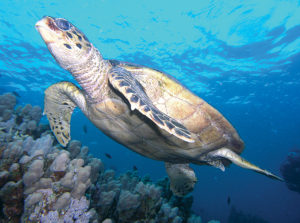
According to Flora & Fauna International, Indonesia’s biodiversity is considerable — 12 percent of mammals, 16 percent of reptiles and amphibians, 17 percent of birds, and a quarter of all fish species call Indonesia home. Areas of high biodiversity tend to be places that are difficult for humans to access — they are deep forests, isolated islands, and oceanic landscapes. However, their natural abundance makes them tempting targets. As technology increases the ability of humans to encroach into once-isolated areas, conflicts with wildlife increase. Legally protecting species and their habitats is one way to prevent conflict, but as Indonesia’s recent dramatic actions against illegal fishing demonstrate, protected areas, whether for conservation or natural resource management, are nothing without the prospect of enforcement. As such, Indonesia’s struggle to protect its native species and their habitats is weighty, but especially as climate change and human encroachment continue to accelerate, it is a challenge that Indonesia and all countries must face.
Fact 5: Indonesia is Southeast Asia’s largest democracy.
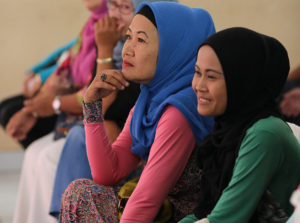
Democracy and Indonesia have not always had the best relationship. Since the transition from Suharto’s New Order government in 1998, however, Indonesia has held multiple elections and even seen the peaceful transition of the presidency between political parties, a rarity even among the more successful Southeast Asian democracies (for example, the same political party has held the Malaysian premiership since the country’s independence in 1957). Elections, however, are just the beginning of democracy, not the end of it. Chemonics’ recent work on the USAID Program Representasi (ProRep) project helped build the kind of institutions and processes that Indonesia needs for deep and rich political participation. ProRep’s work strengthened the connections among government officials, legislators, civil servants, civil society organizations, and local communities, allowing them to work together on policy issues. As Indonesia’s recent history has shown us, it is never too late for democratic institutions to be constructed, nor is the work of democratization over after the first ballots are cast.









